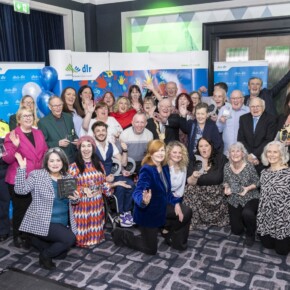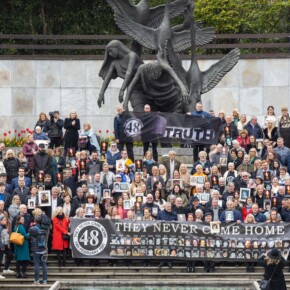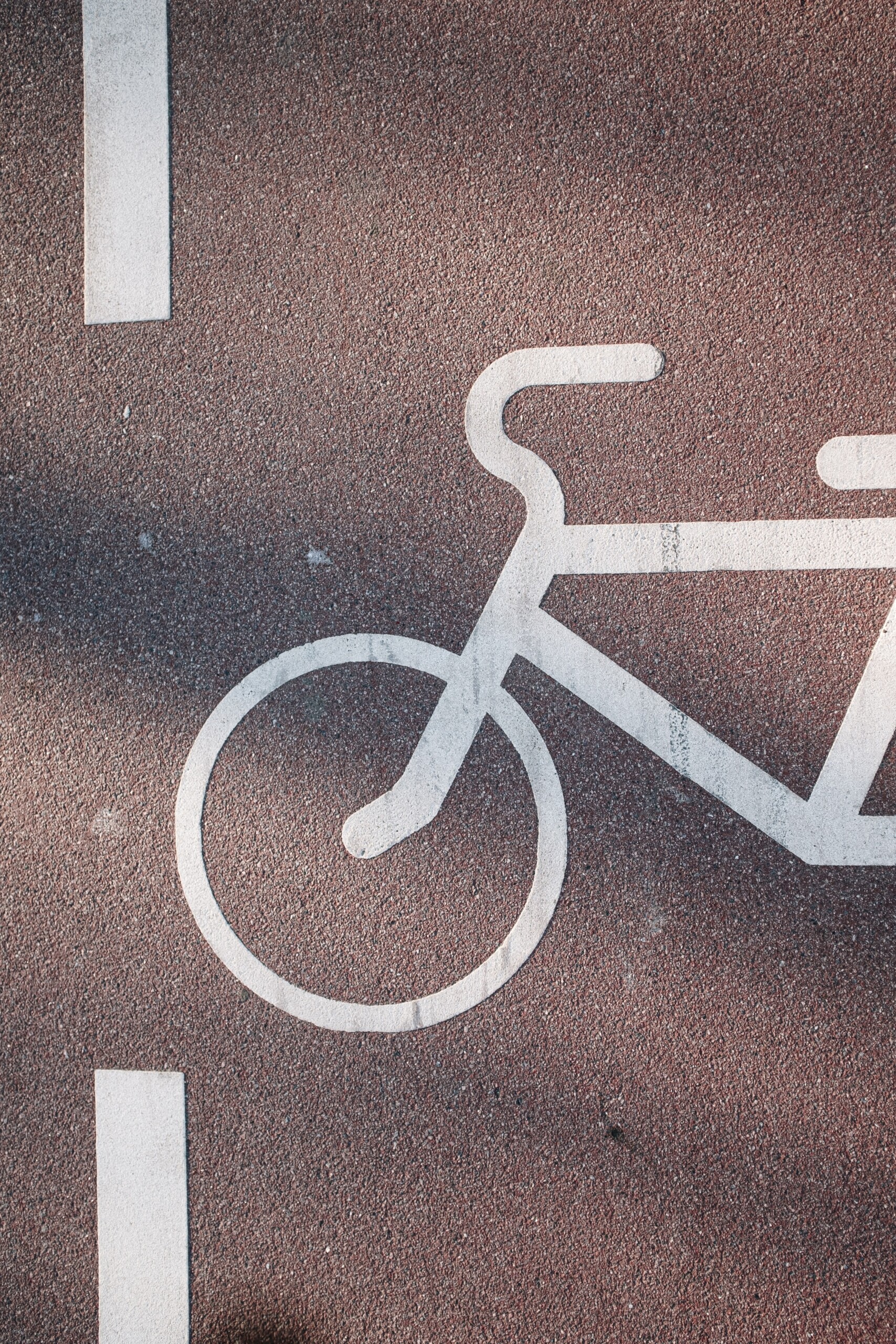The Artane aid worker helping Ukrainian refugees flee war
Gary Ibbotson 24 Mar 2022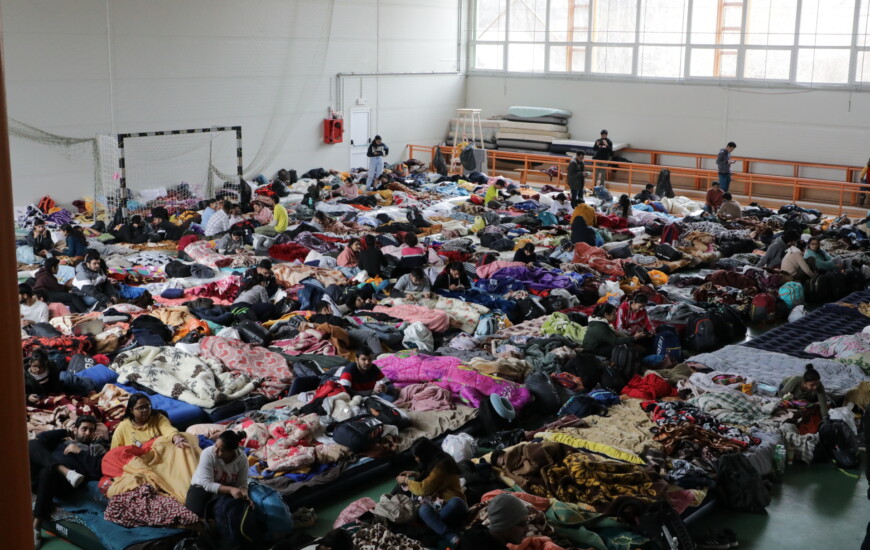
“A lot of people didn’t have much with them, maybe a small suitcase each,” Gavin Douglas says.
“People would be walking across the border when its zero degrees out, freezing.
“And that was during the day. It was much, much colder at night-time.”
Douglas, who is a photographer and videographer for Concern, spoke to Northside People after he returned from Poland and Romania where he was a part of the assessment team planning the NGO’s response to the humanitarian crisis in Ukraine.
Douglas says the Concern team travelled to eastern Europe to “assess the needs of refugees” and “see how we can help.”
“We travelled to Krakow originally,” he says.
“Then on to the largest border crossing with Ukraine, Medyka.”
Medyka is a town located just inside the Polish border and is roughly a three-hour drive away from Krakow, in the south-east of the country.
“There was a lot of media at Medyka – RTE were there too,” he says.
Douglas says that refugees travelling by train disembark at Przemysl, the nearest station to Medyka.
“There were train loads of refugees coming in every day,” he says.
“We spoke to loads of local officials and met with other NGOs to try and coordinate our efforts.”
Concern is part of Alliance2015, a group of large NGOs based in Europe which work together and pool resources when responding to humanitarian crises.
“It’s going to have to be a joint effort,” he says.
Douglas says that it was “taking days” for people to cross the border at Medyka – with many travelling on foot.
“It was just miserable for them.”
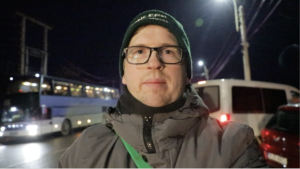
Gavin Douglas, pictured while in Poland.
When Douglas was in Poland, it was estimated that between 2,000 and 5,000 people were crossing the border every day.
“But that was in the first few days of the war. It is so much more now,” he says.
Douglas, who is originally from Artane and studied at Coláiste Dhúlaigh, says Polish people were incredibly generous and giving towards the Ukrainian refugees, helping in any way they could.
“When the refugees would cross the border, local officials would bring them to this reception centre where they would get food and any help they needed,” he says.
“Polish people would be waiting there with signs with towns and cities written on them – indicating that they are willing to drive the refugees to where they wanted to get to.
“Baby seats became a big thing that was needed,” he says.
“They were asking people to donate baby seats to help mothers and babies travelling throughout the country.”
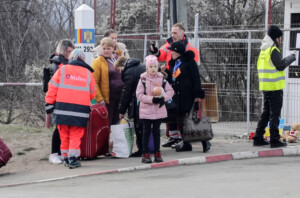
A young girl and her family at the Polish-Ukrainian border. Pic: Gavin Douglas.
After a few days in Poland, Douglas travelled to Romania to help assess the humanitarian needs of refugees travelling south from Ukraine.
“One of the border crossings I went to was at Siret,” he says.
“This town has a population of 2,000 people but it now has 20,000 refugees.
“The town officials were worried that if many more people arrive in the town, they will be overwhelmed,” he says.
“Where I was in Romania, the humanitarian effort was reliant on volunteers.
“The worry is that when these volunteers have back to work, what will happen next?”
Douglas says he spoke to many people “who had to leave everything behind.”
“There was a real mix of relief and concern,” he says.
“Relief because they were in a safe country, but concern because they were leaving behind their lives, and for some, their families.”
Douglas says she spoke to one young woman who recently bought an apartment in Kyiv.
“She was so proud that she bought this apartment by herself after working at a local news station,” he says.
“But she doesn’t know if it will be there when she gets back.”
Douglas began working for Concern about three years ago and has also aided refugees in Lebanon fleeing the Syrian war.
“Everywhere I’ve been, people are so warm and hospitable.
“What I’ve learned is that humanitarian crises around the world are all so similar, the humanitarian need is the same and we’re just doing the best we can.”


